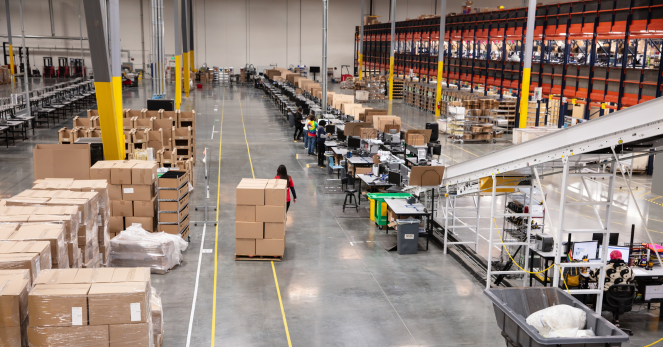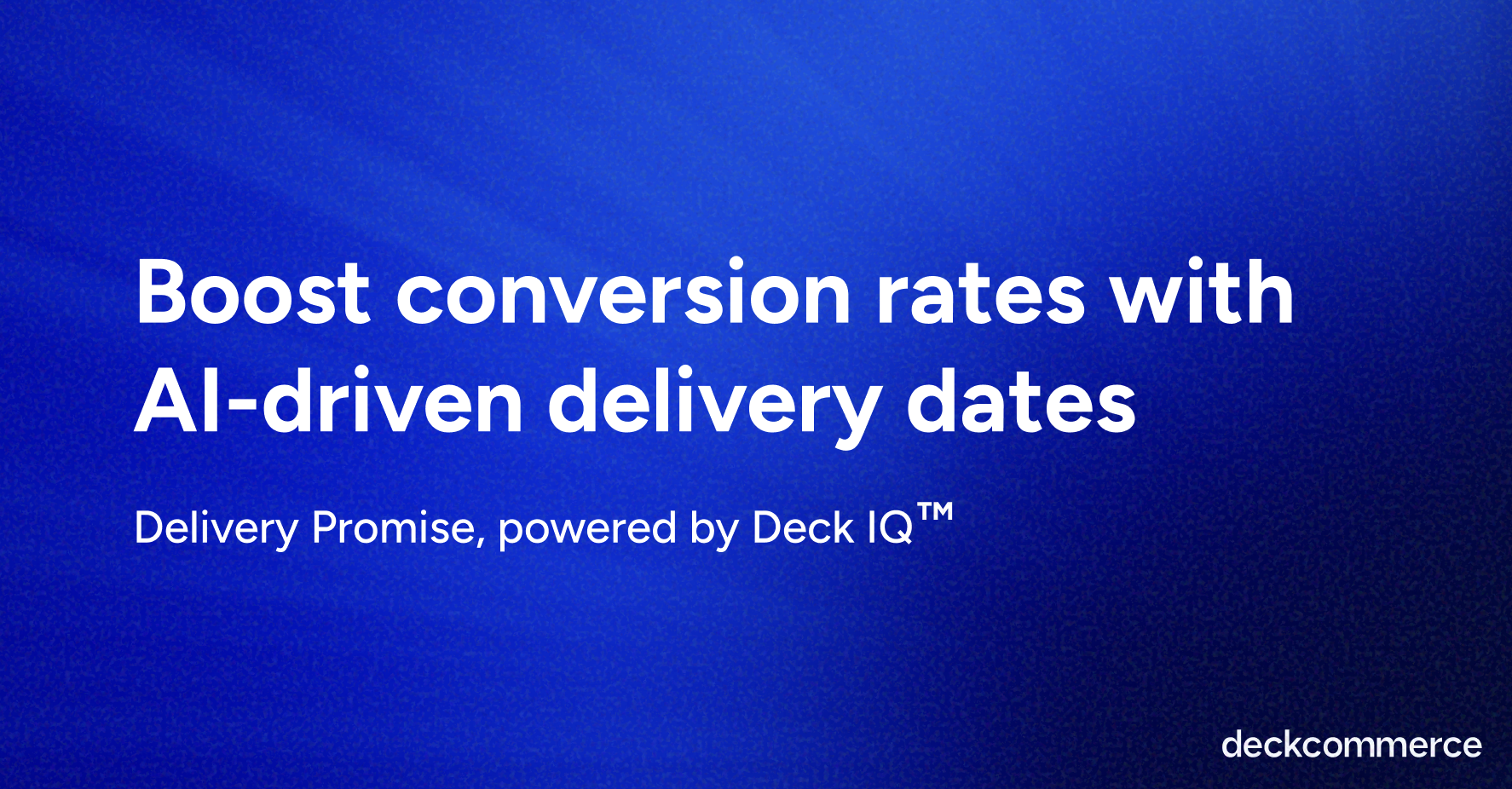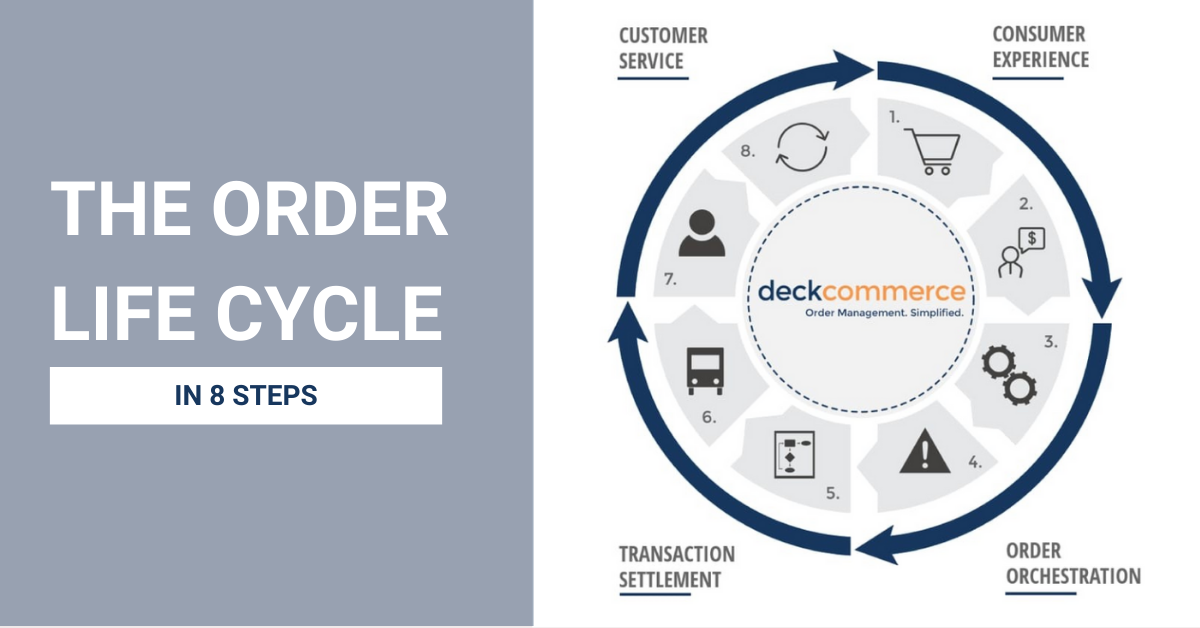
|
Many merchants, especially those in the mid-market, find themselves navigating a complex environment where they feel constrained by their current technology. SMB solutions can't meet their evolving needs while enterprise solutions are too pricey or complex. They're stuck somewhere in the middle, and their current technology stack may be underserving them. Here are some key indicators to help you determine if you're being underserved by your existing platforms and how to identify technologies that better align with your needs. |
Digital Indicators
1. Your Platform Only Talks About SMB or Enterprise
If your eCommerce platform caters exclusively to either SMBs or large enterprises, but your company doesn’t fit neatly into either category, it’s a sign you’re underserved. Mid-market businesses often find themselves in the "fly-over states" of eCommerce, where their needs are too complex for SMB solutions but the cost of enterprise platforms is prohibitive.
2. Growth is Expensive
Are you trying to expand your operations by adding new product lines, entering new markets, or managing multiple brands? If the cost and effort required to support this growth are significantly higher than expected, your platform may be underserving your business.
3. No Benefits of Scale
Many platforms, especially those operating on a revenue share model, can become more expensive as your business grows. If your platform provider has the leverage to raise prices at any time without offering discounts as your volume increases, you’re not benefiting from economies of scale, and you may be underserved.
4. Vendor Lock-Ins
Are you forced to use specific vendors or face penalties for opting out? Vendor lock-ins can prevent your business from saving money as you grow. Flexibility is key—your platform should allow you to choose vendors that meet your needs without imposing fees.
5. High Reliance on Third-Party Apps
If your platform requires a high number of third-party apps to cover basic functionalities, it’s likely not meeting your needs. This can lead to increased costs, complexity, and potential performance issues.
6. The “Box” is Too Restrictive
Does your platform support the processes or integrations that make your business special? If you’re being forced to adapt to a restrictive system that doesn’t allow for customization, you’re likely underserved. Your platform should enable, not hinder, your ability to offer unique customer experiences.
Operational Indicators
Beyond digital limitations, operational inefficiencies can also indicate that your business is being underserved:
7. Stale Inventory and Stock-Outs
Do you struggle to keep your inventory updated and accurate across your sales channels? Stale inventory and frequent stock-outs can hurt your business, leading to lost sales and customer dissatisfaction.
8. Lack of Order Tracking or Timely Delivery
The number one question from customers post-purchase is often, "Where’s my order?" If you’re not meeting consumer expectations for order tracking and timely delivery, this reflects poorly on your business, indicating an operational gap and underservice.
9. Returns Are a Burden
Are returns a positive experience for both your customers and your business? If managing returns feels like a drain on your resources rather than a seamless process, you may be underserved.
10. Manual Processes
Are you still relying on manual processes like spreadsheets and emails for post-order management? Manual work increases the risk of errors and slows down your operations. Automation should be a priority for improving efficiency.
11. Omnichannel Fulfillment is Complicated
Do you find it challenging to split orders across multiple fulfillment locations? If managing omnichannel fulfillment is overly complicated, you might be underserved by your current systems.
12. Slow Integrations
Does your business want to move faster than your IT or operations team can support? If your tech stack is slowing down your ability to scale or innovate, this is a clear sign of being underserved.
13. Limited Configuration Flexibility
If you can’t meet your business’s post-order needs without heavy customization, your platform lacks the flexibility needed for your growing business. Look for systems that can adapt to your processes without extensive custom coding.
14. BFCM Stresses You Out
Does the thought of handling BFCM (Black Friday, Cyber Monday) volumes make you anxious? If your systems can’t handle peak periods like BFCM without risk of failure, you’re being underserved by your current solution.
How Do You Measure Up?
If you answered "yes" to more than eight of these indicators, your business is likely underserved. Fortunately, there are solutions designed to meet the specific needs of mid-market businesses, enabling you to scale efficiently without breaking the bank.
Running a mid-market business presents unique challenges, but being underserved doesn’t have to be one of them. By identifying these key indicators, you can begin exploring better solutions that align with your business's growth trajectory, saving time and money. If you’re ready to discuss the next steps and how your business can thrive with the right support, feel free to reach out for a demo of our order management solution.





.png?width=2000&height=2000&name=Blog%20Directory%20CTA%202000x2000%20px%20(2).png)






.png?width=2000&height=2000&name=Blog%20Directory%20CTA%202000x2000%20px%20(3).png)
